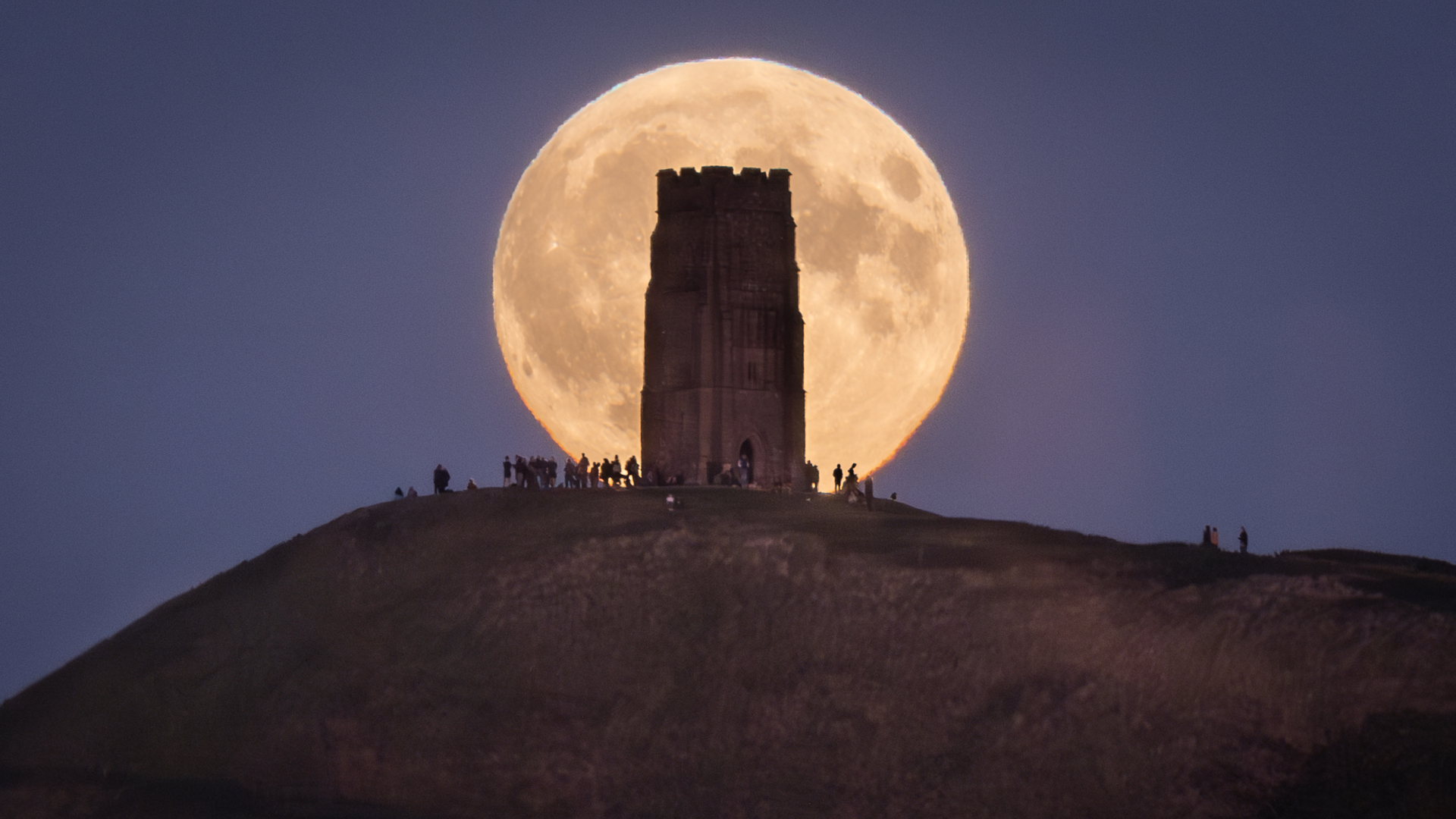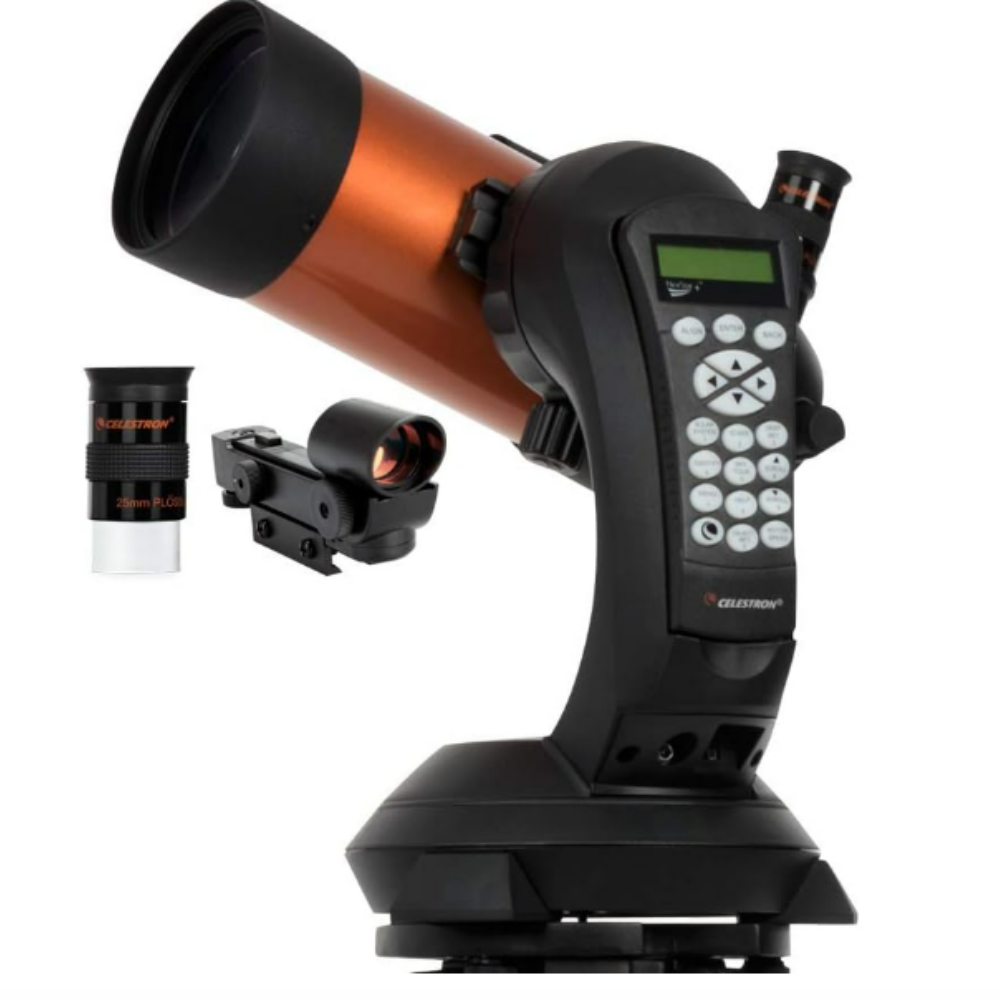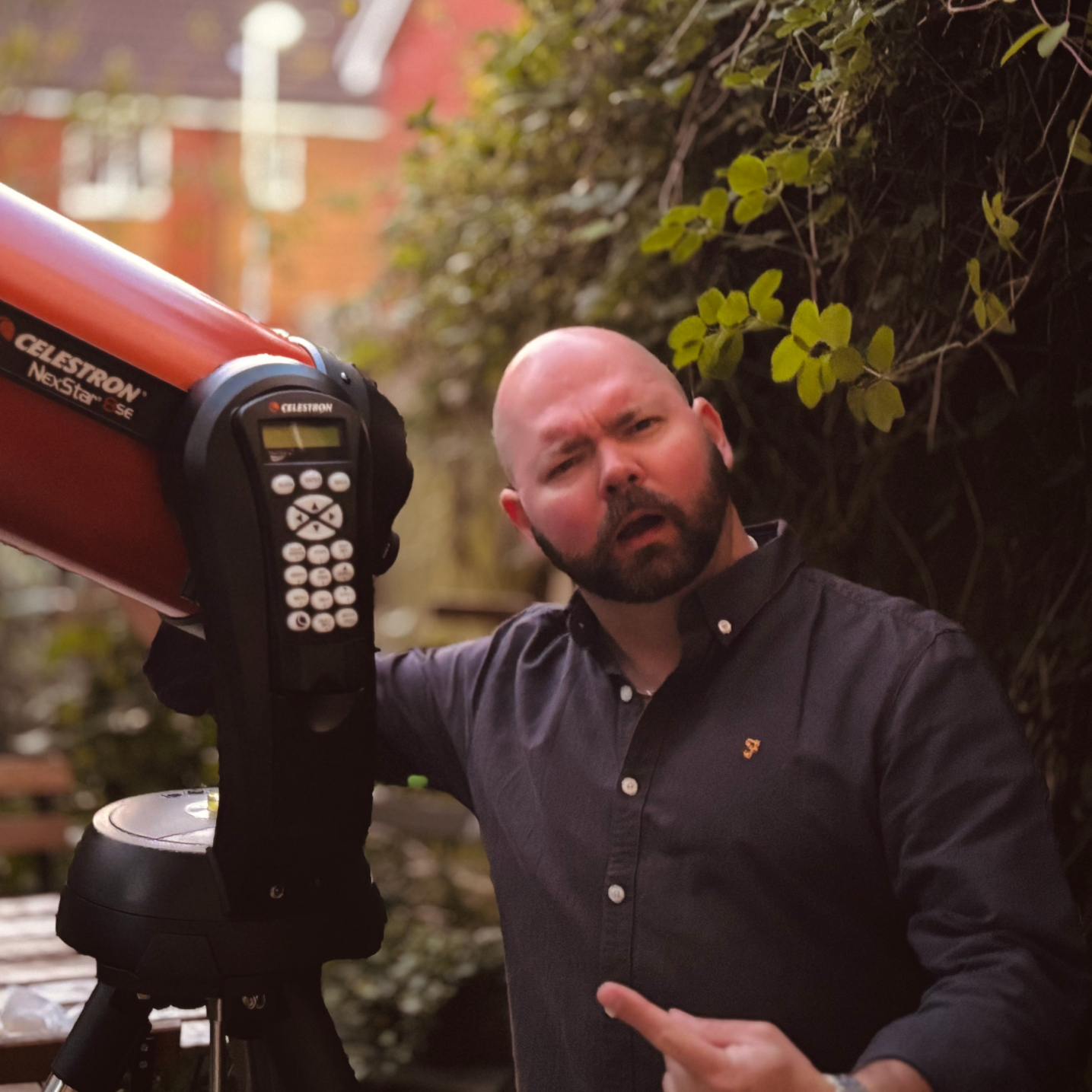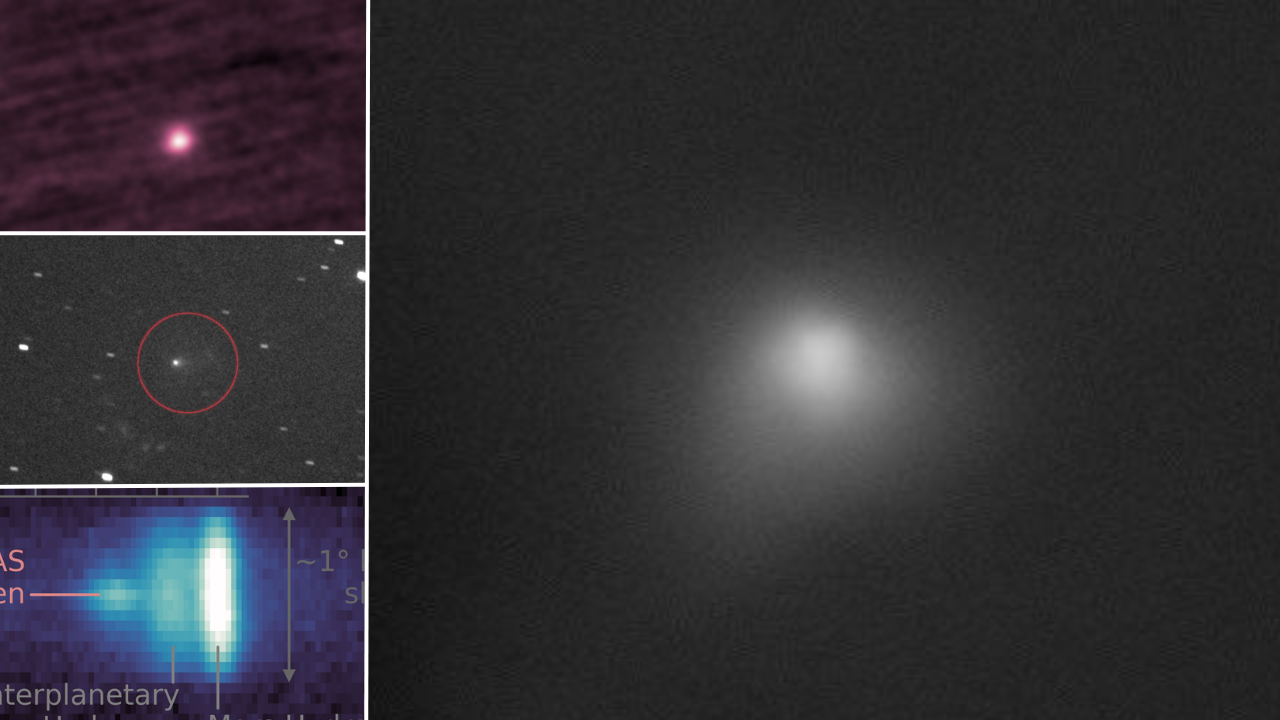The Harvest Moon rises tonight: See the 1st supermoon of 2025 brighten October's sky
See the full Harvest Supermoon rise at sunset on Oct. 6.

Editor's note: The first supermoon of 2025 has come and gone, putting on a dramatic display as it loomed large over the eastern horizon at sunset on Oct. 6, before soaring high to flood the night sky with its reflected light.
Check out our wrap article to see a collection of the best photos of the Harvest Supermoon, as captured through the lenses of the global astrophotography community!
October's full Harvest Moon looms large over the eastern horizon at sunset tonight! Here's what you need to know before the first supermoon of 2025 rises to dominate the night sky with a magnificent display of moonlight.
The full moon phase will occur at 11:48 p.m. EDT on Oct. 6 (0348 GMT Oct. 7), when the lunar disk will appear fully-lit opposite the sun in Earth's sky, shining next to the stars of the constellation Pisces with Saturn gleaming to its upper right.
This October's full moon is known as the Harvest Moon, owing to its proximity to the autumn equinox — when farmers would labor under the light of the moon to gather their crops long before artificial light was invented. It also coincides with the moon's closest approach to Earth in its 27-day orbit, giving rise to a spectacular supermoon, which will appear subtly larger and brighter than usual as it rises above the eastern horizon.
Look east at sunset on Oct. 6 to witness the lunar disk climbing through the dusk sky mere hours before it reaches its full moon phase, which will occur close to midnight for viewers in New York. Stargazers will likely see the moon take on a yellow-orange hue during moonrise, as Earth's atmosphere scatters the shorter, bluer wavelengths of moonlight, while allowing the longer, redder wavelengths to journey through relatively unhindered.

Looking for a telescope to view the moon? The Celestron NexStar 4SE is our top pick for beginners. For a more in-depth look at our Celestron NexStar 4SE review.
Be sure to look out for the bright streaks of ejecta rays streaking outward from impact craters to mark the dark expanses of the lunar seas. It's also a perfect time to take your telescope or a pair of binoculars to hunt down the six Apollo-era human landing sites scattered across the lunar surface using our handy spotting guide, though it'll be impossible to spot the actual lunar hardware from Earth. Take a look at our tips on how to observe the moon to discover what other majestic features will be on show as Earth's natural satellite hits its full moon phase.
Breaking space news, the latest updates on rocket launches, skywatching events and more!
Astrophotographers hoping to capture an image of October's full Harvest Moon should also read our expert's guide detailing how to image a supermoon using a DSLR camera. Those looking to upgrade their equipment should also check out our recommendations for the best cameras and lenses for astrophotography available in 2025.
Editor's Note: If you capture an image of the Harvest supermoon and want to share it with Space.com's readers, then please send your photo(s), comments, name and the location of your shoot to spacephotos@space.com.

Anthony Wood joined Space.com in April 2025 after contributing articles to outlets including IGN, New Atlas and Gizmodo. He has a passion for the night sky, science, Hideo Kojima, and human space exploration, and can’t wait for the day when astronauts once again set foot on the moon.
You must confirm your public display name before commenting
Please logout and then login again, you will then be prompted to enter your display name.
